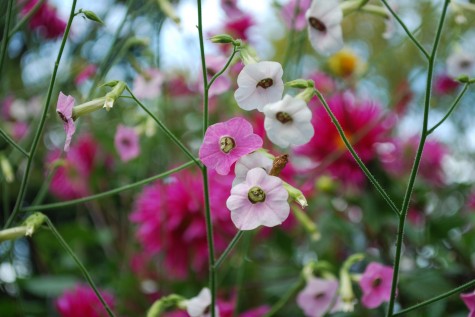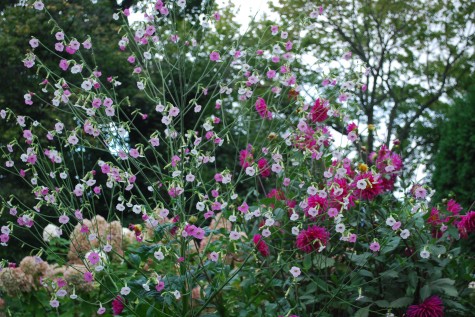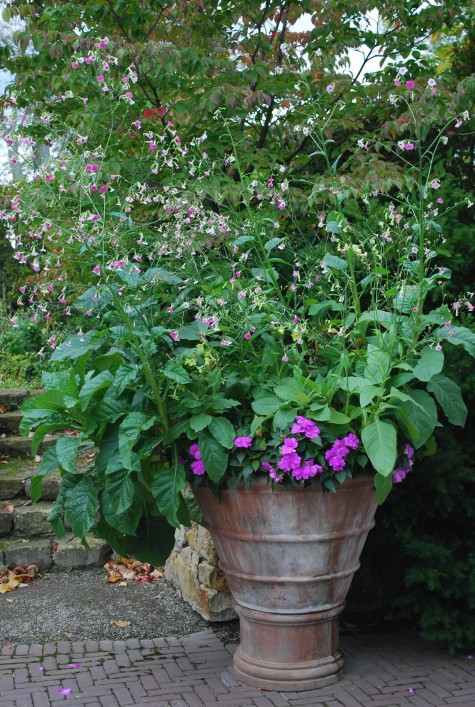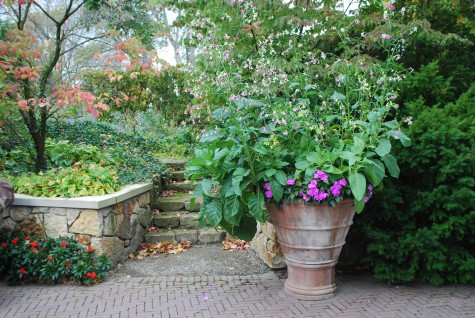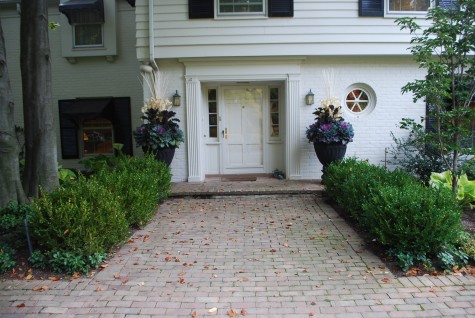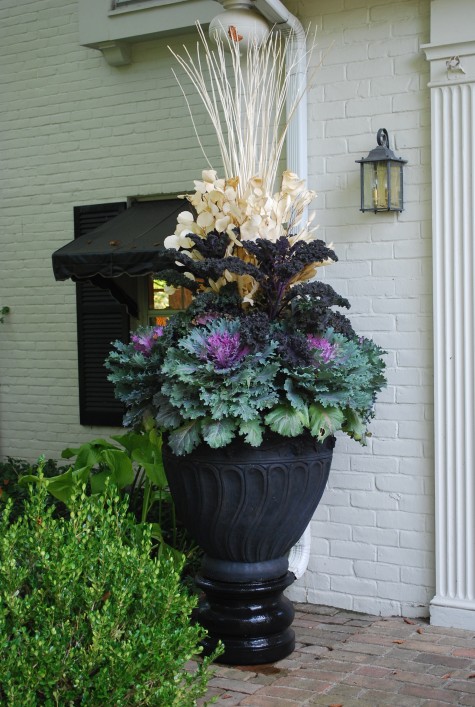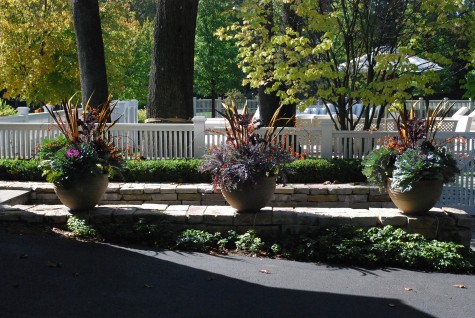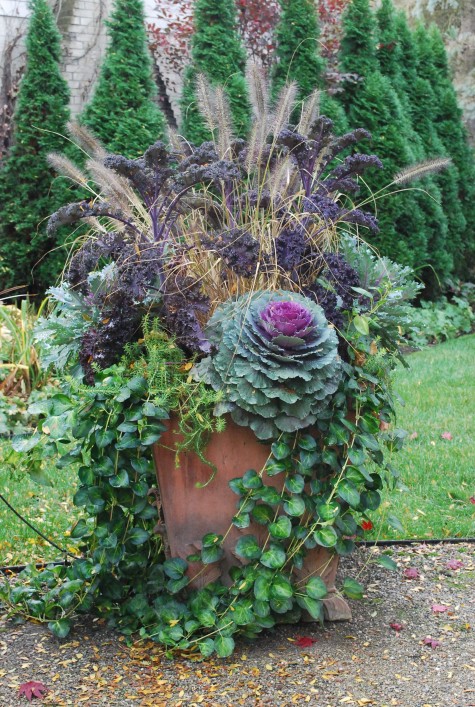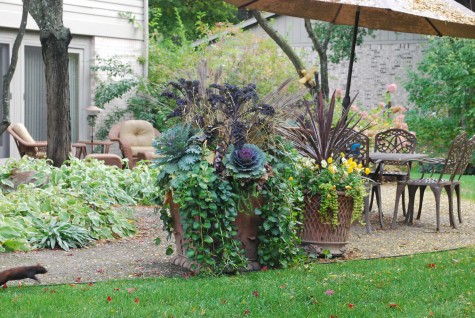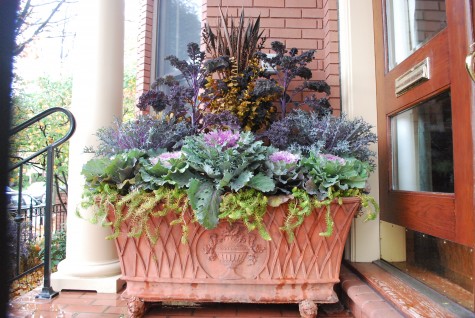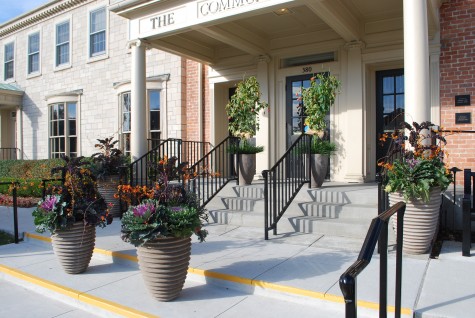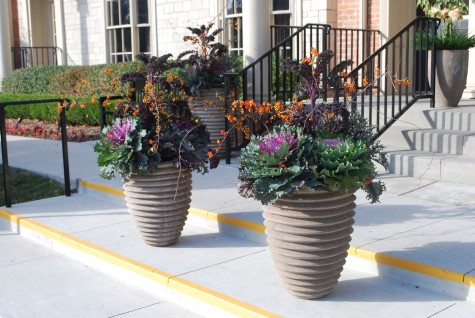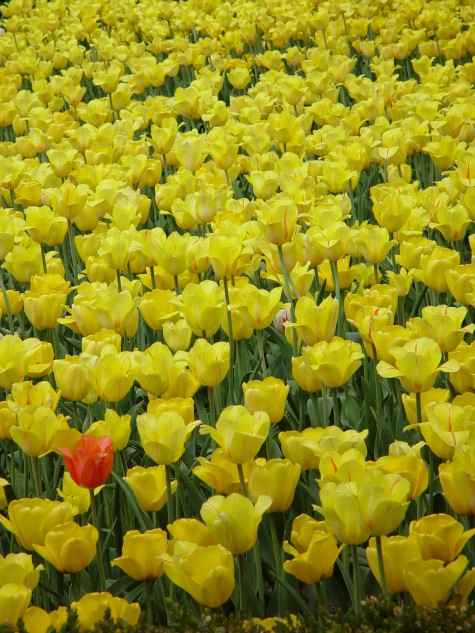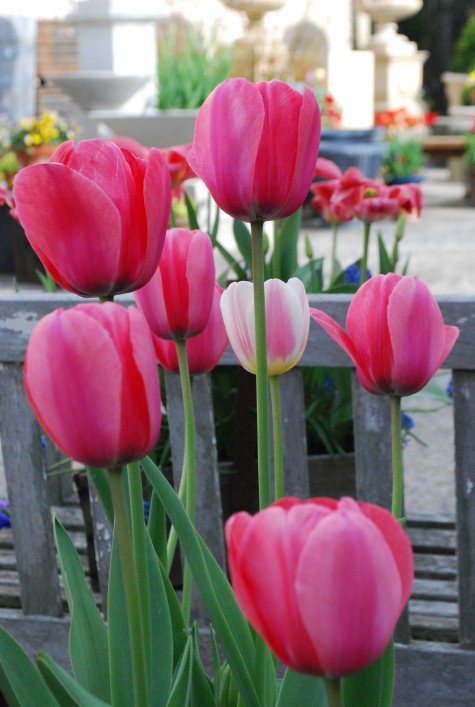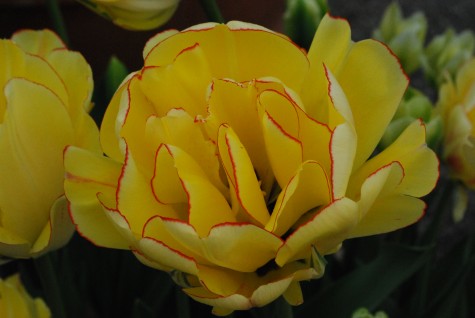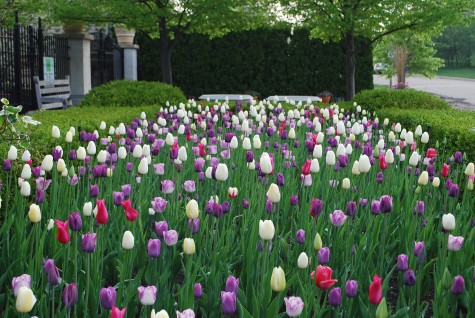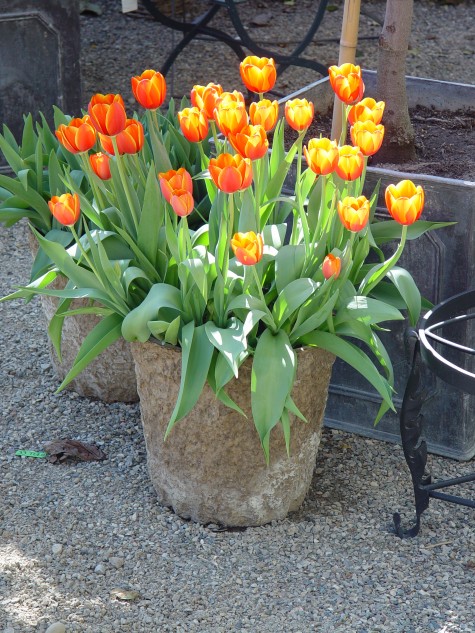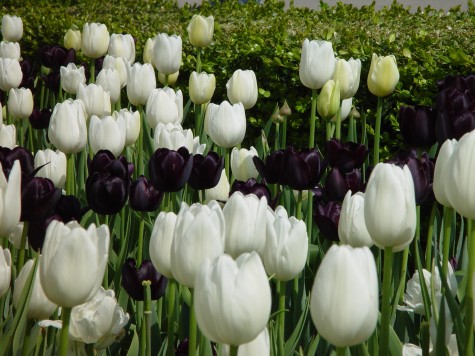I have a very dear friend whom I have known since my early twenties. We have shared a very on and an extended off, and then intensely on again relationship- over a good many years. She is an artist, and a very fine one at that. No one would argue that point, but her. We are arguing that point right now, as she is unsatisfied with her paintings. I am squarely positioned to be a resonating gong-I reject the entire idea of being a sounding board. Sounding boards tend to absorb and muffle trouble. I would want to amplify everything she says to me. Sometimes it is hard to hear something until it gets really loud. I hope I reflect her notes loud enough that she relocates her muse.
I understand something about her issue. I have days I cannot design. I have projects that I stare at until I am blue in the face, and nothing comes. I know when I am tired or blocked-I have this instinct to repeat myself. Or the even more dangerous-the instinct to repeat someone else. I have places in my own garden that embarass me-that makes me angry. There are those times when frustration and pressure threatens to dictate a result I will not be able to stand behind with pride. Creativity cannot be summoned. I find I need to hover over it, and give it space. Pressure from within and without nudges my muse. This is as much as I can tell you about my process. My friend is much different than I. Her muse responds to a music she makes. I would not be able to hear it, or see it, but for her. I cannot really help her; I can only be her friend. This is a courtship involving two, and 2 alone.
What makes my friend such a fine artist is how she views her work dispassionately, critically. Her critical, emotionally charged eye is too much better than 20-20. I am very sure she will be able to figure out how to reconfigure that critical eye of hers into a brush loaded with paint poised over a piece of paper. Any emotionally charged thought transformed into a physical expression-that’s what I would call creativity. These things get expressed straight from the heart.
How does any of the aforementioned relate to a gardener, and their garden? Every gardener has their own special set of circumstances. Their own particular likes and dislikes. Their own particular point of view. Their own particular muse. No gardener has any need to do over what someone else has already done. No gardener needs to repeat what they have seen, read, or visited. Modern communications makes it possible to see thousands of images of other people’s gardens. Other people’s work. Other people’s ideas. One of the most satisfying parts of owning a garden is the secure knowledge that it belongs to you. This has to do with an authenticity, an integrity of place. One of the toughest part of designing for others is to take the time to know enough about the client that their point of view comes first. The toughest part of designing for yourself is understanding that the voices of others represent those others-not you. Turn on your own channel, and see what’s playing. Everyone has days when all that appears on the screen is static, but sooner or later something is bound to click. I have had friends tell me that the experience of walking a labyrinth is the equivalent of turning on one’s own channel. When I am unsure about what move to make, I walk the garden over and over again, until everything extraneous drops away, and I can hear or see what I need to do, or what direction I need to go. Of course one’s taste changes, and gardens revolve around that change. Are you laboring under the misconception that you lack taste, or creativity? It comes standard issue, unless you bury it somewhere, or turn the volume off.
As for my friend, I do not worry. She feels a need for change, but has no idea what form that change will take. She is not satisfied with what she has already done-good for her. I am happy for her angst. Bravo. She wants her own work, better than she thought she could have it. This alone puts her ahead of where she is now.
